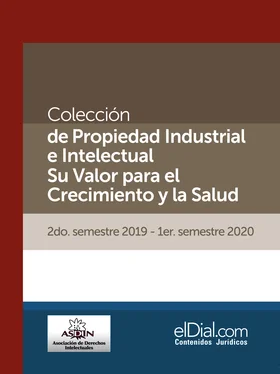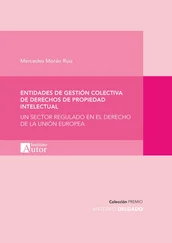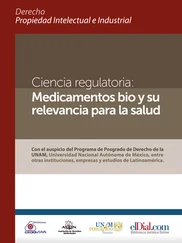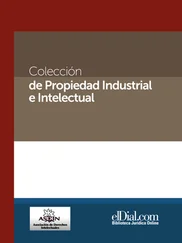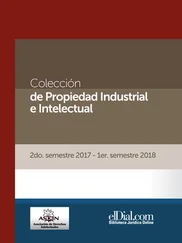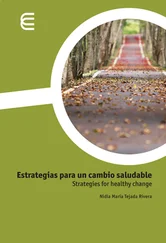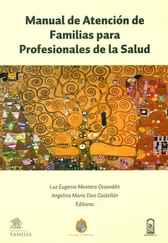Ricci, F. (1970). Tratado de las Pruebas. Barcelona: Tip. Católica Casals.
Segura, P. (16 de marzo de 2019). http://www.ub.edu/centredepatents/pdf/doc altres cursos/Segura Colegio-Quimicos-2010 el-quimico-como-perito.pdf. Obtenido de http://www.ub.edu/centredepatents/pdf/doc altres cursos/Segura Colegio-Quimicos-2010 el-quimico-como-perito.pdf.
Segura, P. P. (2012). http://www.ub.edu/centredepatents/pdf/doc_altres_cursos/Taller_4_emision_dictamen_pericial_CQC-2012-Pascual_Segura.pdf. Obtenido de http://www.ub.edu/centredepatents/pdf/doc_altres_cursos/Taller_4_emision_dictamen_pericial_CQC-2012-Pascual_Segura.pdf.
The economic impact of changing the environment for innovation in Argentina - applying the lessons of Asia to Latin America
Tim Wilsdon1
Abstract
This article discusses the potential impact on innovative and economic activity from positive changes in innovation policy in Argentina drawing from the experience and evidence of case study markets. It first reviews the current innovation environment and existing evidence on the relationship between innovation policy change and impact on the level of activities in Argentina and other Latin American and Asian markets. This leads to a set of indicators on the magnitude of activity and strength of innovation, which are reviewed for chosen case study markets that have experienced important and relevant innovation policy changes.
Drawing from observed impact in these markets and a statistical analysis, we develop a scenario-based model on the potential gains that Argentina could have in terms of added innovative and economic activities. These results have particular relevance for Argentina, as a market with a strong resource base to undertake innovation, but which has under-performed in terms of innovative activity. Strengthening the policy environment could unlock Argentina’s potential and support a step change in innovative activity.
RESUMEN
Este artículo analiza el impacto potencial en la actividad innovadora y económica de los cambios positivos en la política de innovación en Argentina a partir de la experiencia y la evidencia de los mercados de estudios de casos. Primero revisa el entorno de innovación actual y la evidencia existente sobre la relación entre el cambio de la política de innovación y el impacto en el nivel de actividades en Argentina y otros mercados de América Latina y Asia. Esto lleva a un conjunto de indicadores sobre la magnitud de la actividad y la fuerza de la innovación, que se revisan para los mercados de estudio de caso seleccionados que han experimentado cambios importantes y relevantes en las políticas de innovación.
A partir del impacto observado en estos mercados y de un análisis estadístico, se desarrolla un modelo basado en escenarios sobre los beneficios potenciales que la Argentina podría tener en términos de actividades innovadoras y económicas adicionales. Estos resultados son de particular relevancia para Argentina, como un mercado con una sólida base de recursos para emprender la innovación, pero que ha tenido un desempeño inferior en términos de actividad innovadora. El fortalecimiento del entorno de políticas podría desbloquear el potencial de Argentina y apoyar un cambio gradual en su actividad innovadora
ARTICLE
1. Introduction
Over the last twenty years there have been considerable changes in the location and structure of innovative activity in the life sciences sector. Increasing fragmentation in the value chain with partnerships between research institutions, smaller and larger companies often drives translational medicine and early stages of preclinical and clinical development.2 The globalisation of research and development (R&D) shows new research hubs developed in emerging markets and closer collaboration between academia and commercial companies –often focusing on the trend towards Asian markets and the importance of China–.3 To capture some of the value, many countries have developed innovation plans to encourage innovative activity and foreign direct investment.4
In the context of this study, we broadly define innovation as “a multi-phased process, beginning with lab-based research leading to patentable inventions, moving into the stages of clinical research, which are then translated into safe, effective and commercially viable products from which society gains a benefit in terms of improved health”.5 We also distinguish between measures of innovation that focus on inputs (for example, investment or number of people employed in different activities) and those that focus on outputs (patents, products in development or products ultimately commercialised).
Extensive research in the past has examined the characteristics that make countries attractive locations of innovative activity. However, there is limited focus on quantifying the impact of changing these characteristics through a more favourable environment and the impact this would have beyond the industry in terms of economy.6 The aim of this study is to contribute to the debate by examining the potential impact of changing the environment for innovation in Latin America (LatAm), using Argentina as an example. This seeks to develop concrete evidence on the magnitude and speed of the impact across a range of measures of innovative and economic activity. To achieve this, we undertake a case study analysis based on countries with similar past challenges that have adopted policy solutions.
In the next section we provide a description of the approach, data and methods used for the analysis. This is followed in section 3 by an overview of the environment for innovation in Argentina, the theoretical background on the impact of policy on innovation and the experience of the case study countries on the impact of changing the environment for innovation. In section 4, the results of the analysis and quantification of the impact on Argentina is presented. Section 5 sets out a discussion of the results and draws conclusions.
2. Data and methods
The approach to collecting data and conducting the analysis involved four key steps.
Literature review
First, we conducted a review of the literature with the aim to understand the theoretical background on the impact of a changing environment for innovation and the resulting impact on health technologies, the biopharmaceutical industry and the economy. The literature review focused on studies looking at the general relationship between policy environment and the location of innovative activity and studies focusing on LatAm and Argentina in particular. The timeframe for the search included the years 2010 to 2018 and targeted literature in English and local languages. The following terms were used to capture the environment including “innovation policy”, “intellectual property protection”, “intellectual property regime”, “innovation plans”, “innovation regulation”, “regulatory data protection”, “patent regime” and combined with terms to capture impact including: “innovative activity”, “basic research”, “R&D investment”, “clinical trials”, “patents”, “foreign direct investment”, “tax” and “education”. The research was conducted in PubMed, Google Scholar and grey literature. This yielded over 65 articles with more than 30 articles on international economic theoretical or empirical studies and around 15 specifically focused on Argentina. Based on the literature, we developed an analytical framework on the potential impact of the environment on innovative activity and examined this on Argentina.
Interview process
In addition to the literature, we completed an interview programme to complement the understanding of the environment and impact on innovation. This included 18 discussions with stakeholders from the pharmaceutical industry both local and international and innovation and policy experts as set out in Table 1 below. These took place between September and November 2018.
Читать дальше
